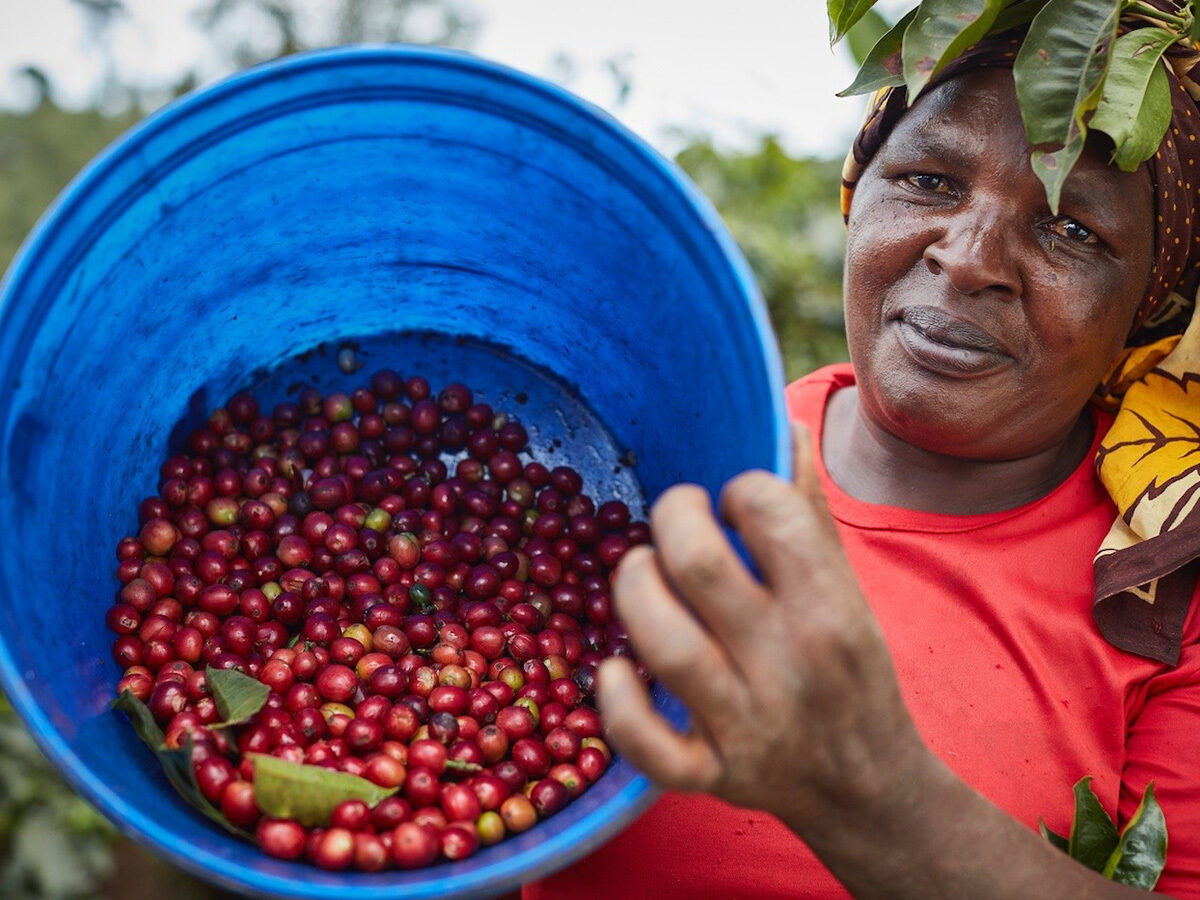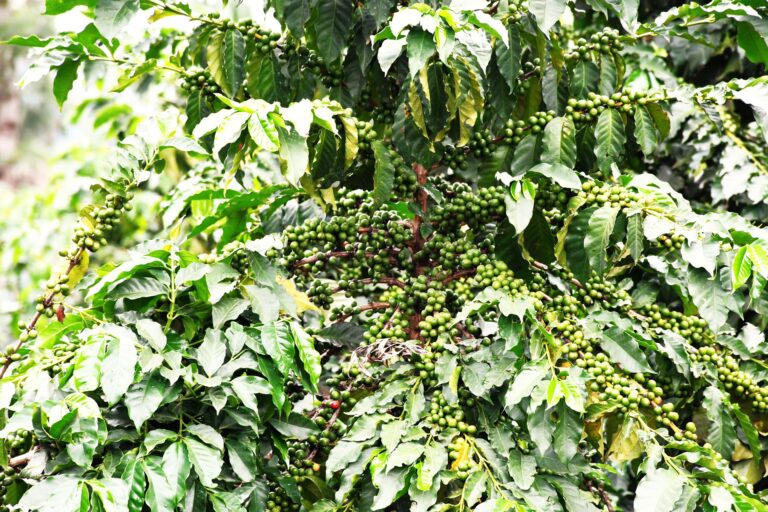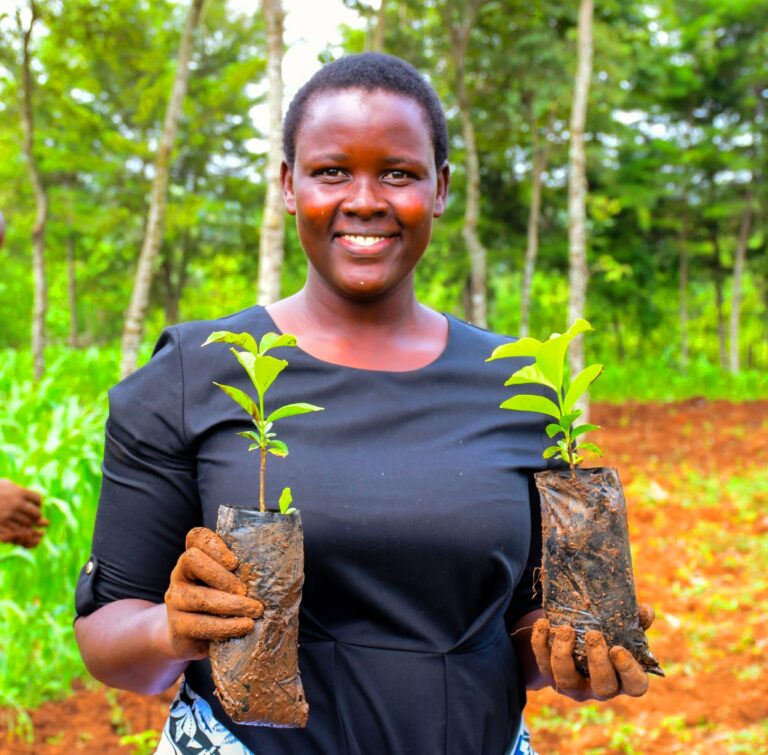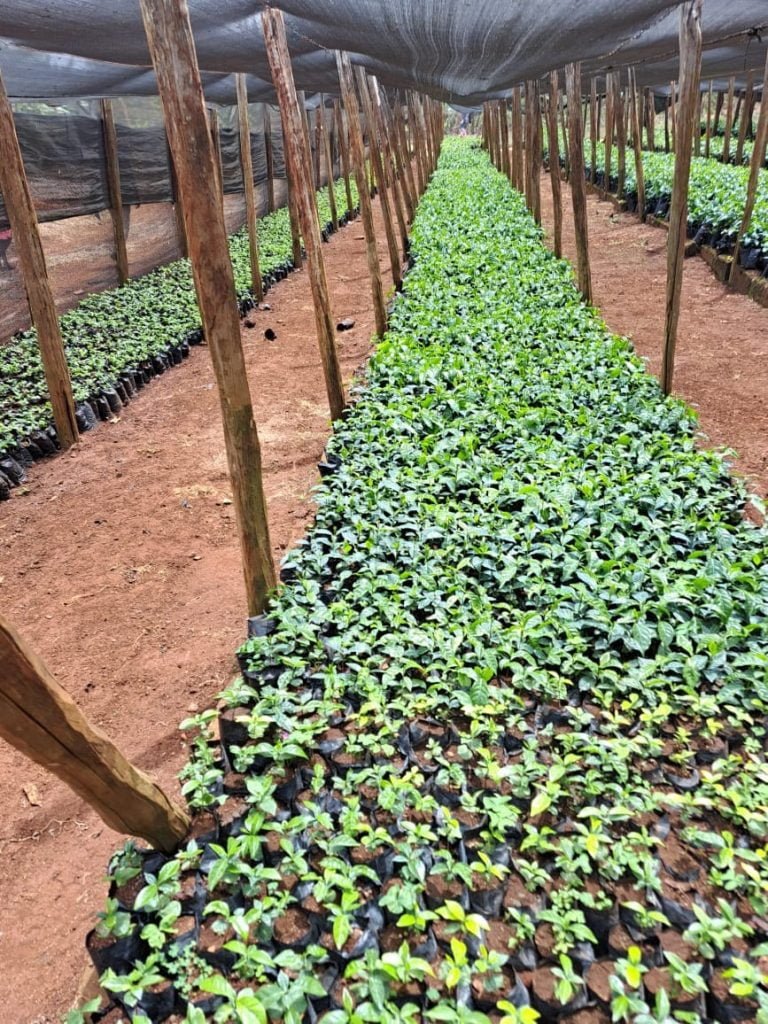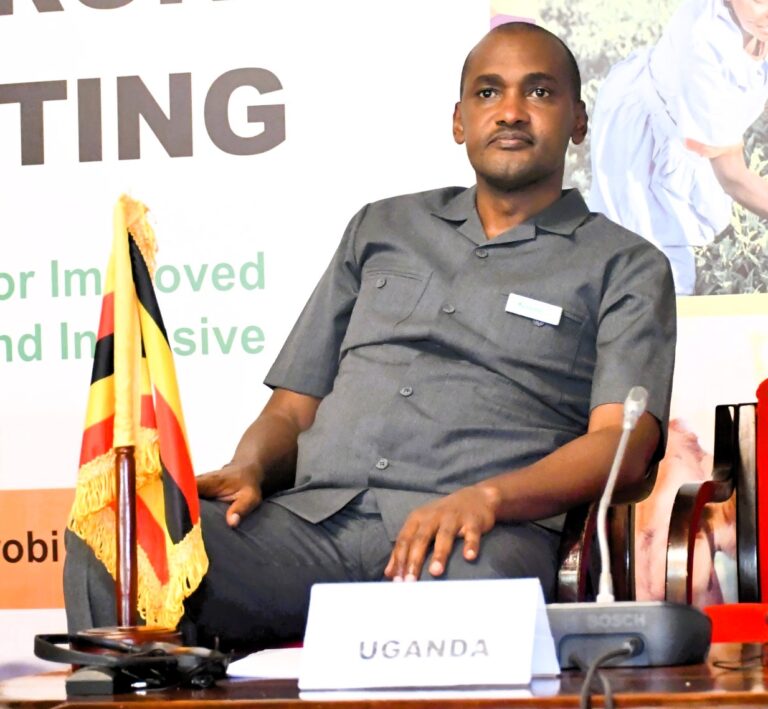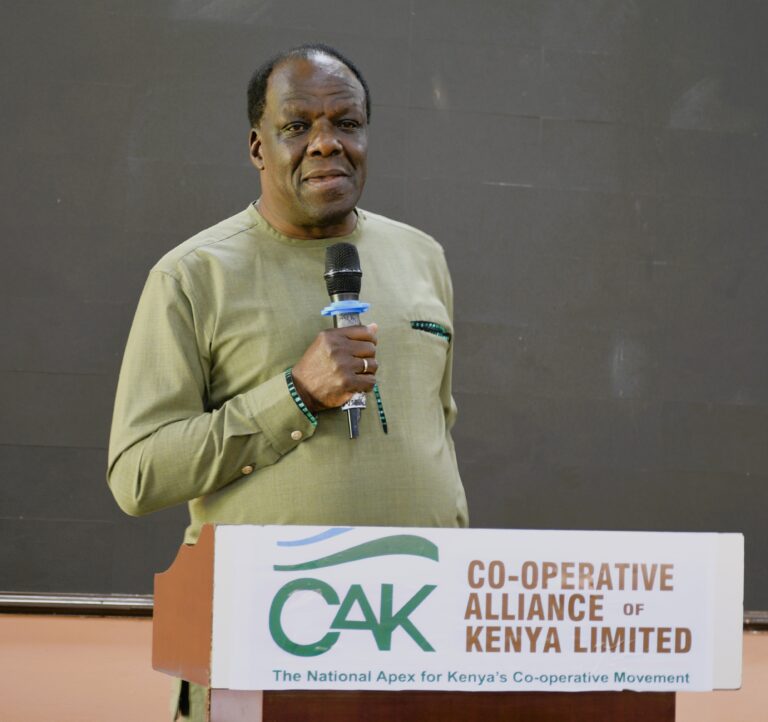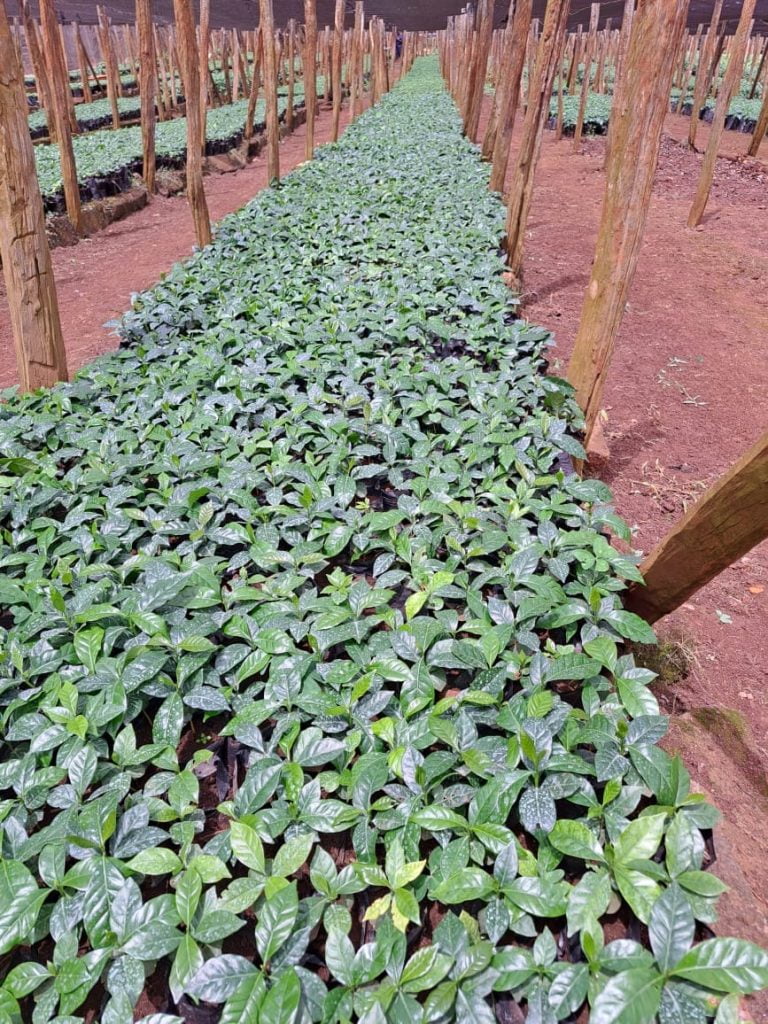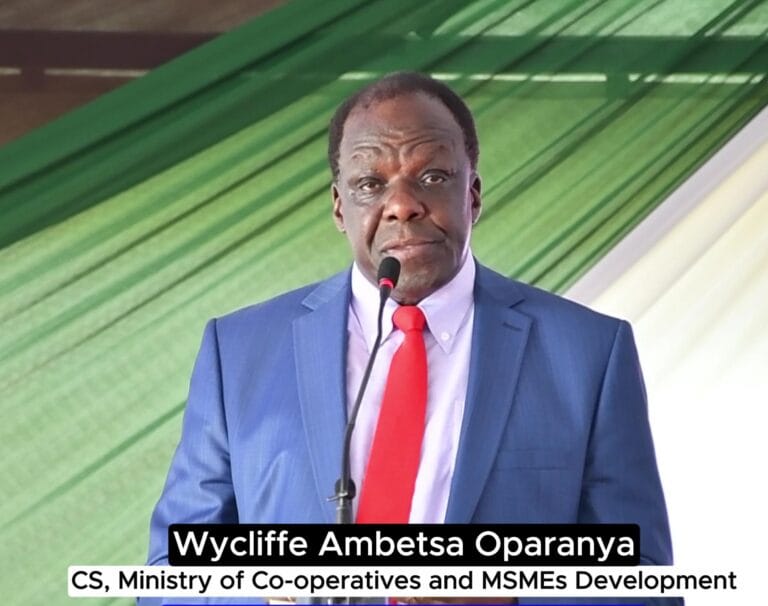By Henry Kinyua
Sometimes back, a friend who works with a local bank sent me a report from a body called Bean Poet (https://www.beanpoet.com/best-coffee-country/). It is about the quality of over 1200 samples of coffee from all over the world that had been tasted and ranked by various professionals in the field. The report indicated that Kenyan coffee had been ranked second globally.
Here, a thought-provoking issue that I deal with daily was magnified, how is it possible that one of the best coffees in the world, the highest paying coffee, is produced by some of the poorest people in the world? Why are the coffee dollars not trickling into farmers’ bank accounts and pockets?
I know there are several ongoing efforts to try and address this but let me discuss the issue of farmers/cooperatives debts to try and understand why farmers cooperatives borrow money and for what purpose?
Most farmers cooperatives have 5 types of debts
1. Inputs debt: -They borrow this either from banks or from their millers/marketers to provide inputs such as fertilizer and pesticides (Interest varies from 10-14%). This debt, when well managed is what I can call a good debt since it enables farmers to boost their production. It is taken by individual farmers and is therefore easily repaid. However, this has been abused in the past and it still happens. In some instances, the cooperative management collude with suppliers to order inputs that have not been requested by farmers and they end up with dead stock that farmers must pay for.
2. Payment advance: Farmers after delivering cherry need some cash for survival. Several cooperatives issue these in two instalments. One just before Christmas, normally the second week of December for farmers to use during the festivities. The second instance is the first or second week of January to assist in paying school fees.
Again, interest varies from 10 to 17%. This again is a straightforward debt by individual farmers and is based on Kgs delivered and is easily repaid. Today farmers can access this cheaply through the Coffee Cherry Advance that was established by the government with an interest of only 3%. New KPCU who are fund managers had so far issued Kshs 4.6 billion to farmers as at 1st July 2024.
3. Operations: Most Cooperatives don’t have cash reserves and have to borrow to run their operations; labour, utility bills, insurance etc. This is taken by the society and not pegged on individual farmers request so again if not managed well, it can be abused by the management.
4. Development: Sometimes cooperatives borrow for infrastructure development such as drying beds, pulping machines, generators etc. This debt is by the cooperative and if not well managed can also lead into problems.
5. ‘Boosting the rate’: This is normally very secretive, and farmers are not even told about it and is what is causing trouble for most cooperatives. This is how this works: When farmers’ coffee is sold at a certain price X to arrive at a value Y and all deductions are made, the management realizes that the final figure (let’s call it X) will result to a rate per kilo of say P which is lower that what was paid a year before or lower than neighboring societies. Cooperative leadership then approaches their miller/marketer and requests for a top up loan to boost the rate. Assuming the rate in one cooperative is Kshs 50 per kg and the rate in the neighboring societies is Kshs. 70, some cooperative leadership will be forced to borrow Kshs. 20 to be at par with other societies to save their jobs.
So, farmers are paid Kshs. 70 shillings and are never informed that Kshs. 20 was borrowed and must be recovered as first charge from the next crop. Few brave cooperatives leaders tell their farmers the rate as it is, Kshs. 50 in this case. Most get immediately voted out since some marketers/millers who would have wanted to cash in on that lending, sponsor massive smear campaigns against such leaders.
Things get even messier when prices of coffee fall, the weather changes and volumes also fall. If the rate was Kshs. 50, the marketer will take Kshs. 20 first and the rate announced to farmers will be below Kshs. 30. Most marketers/millers will not want to risk twice with the same society forcing the societies to go to banks or Saccos and borrow to ‘boost rates’ and use cooperatives’ assets as collateral. This is what has killed many societies, and it needs to stop. If all cooperatives are made to disclose all their debts, we will all be shocked. Some societies which are thought to have paid the highest rates might have used debt to ‘boost’.
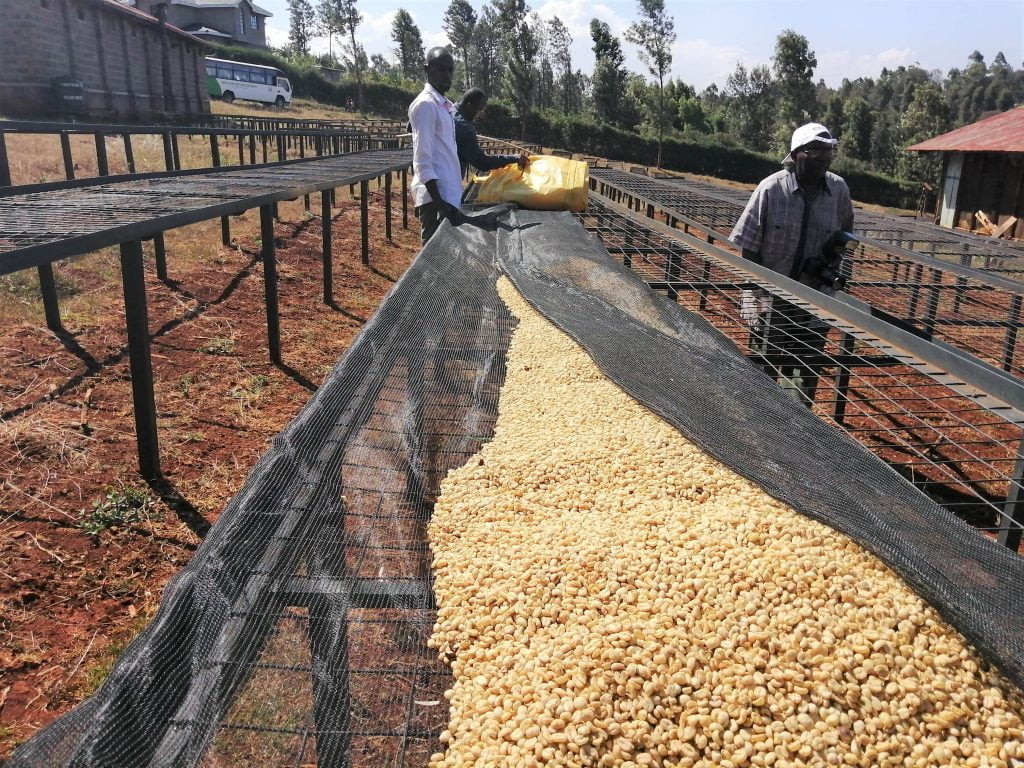
What options do farmers have?
Farmers should seriously think about the management that they are electing and how they conduct their elections. Allowing hired goons to attend meetings and shouting down any progressive idea only entrenches poor governance. Additionally, after electing their leaders, farmers should keenly follow prices and be ready to accept a lower rate for one year if that was the case than be deceived with higher/fake rates that will kill their cooperative in future.
Cooperative leadership once elected must also be ready to tell farmers the truth and if that means being voted out, so be it. It is better to walk out with your head high than oversee the collapse of your cooperative.
Finally, more professionals need to offer themselves for elections in their cooperatives. I have interacted with professionals who have decided to bear all the dirt but stand up to support farmers and those cooperatives are very successful.
Henry Kinyua is a coffee value chain expert


